Despite the many health benefits and the exotic taste of dragon fruits, one major drawback is their price. While it may seem unreasonable that it’s way more expensive than other tropical fruits, I will discuss every reason for it.
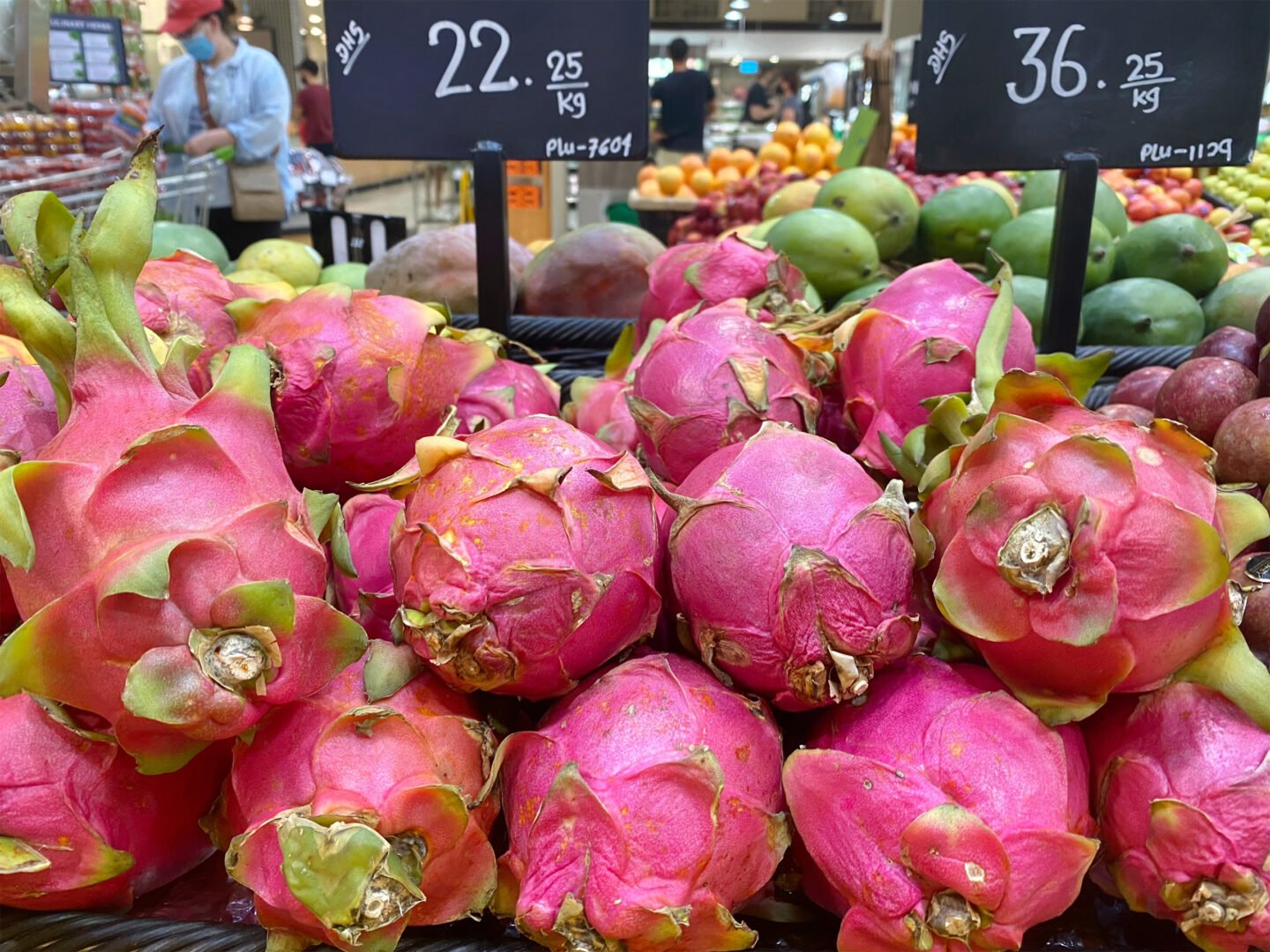
Dragon fruits come from cactus plants, making them exotic. Because these cactus plants don’t produce fruits like typical fruit-bearing trees, cultivating them is much more complicated.
Since most dragon fruits are imported into the United States, you'll be paying more to enjoy their delicious and nutritious flesh. Unfortunately, that means paying for the shipment, storage, and import taxes.
But despite these costs, these fruits are heavily advertised because of their nutrient-rich flesh. That makes them highly in demand over other staple fruits.
Keep reading to learn the top 7 reasons why dragon fruits are so expensive. This article will also discuss how much dragon fruit costs, their types, and if you can plant one in your backyard.
Table of Contents
Why is Dragon Fruit So Expensive?
Dragon Fruit is an Exotic Fruit
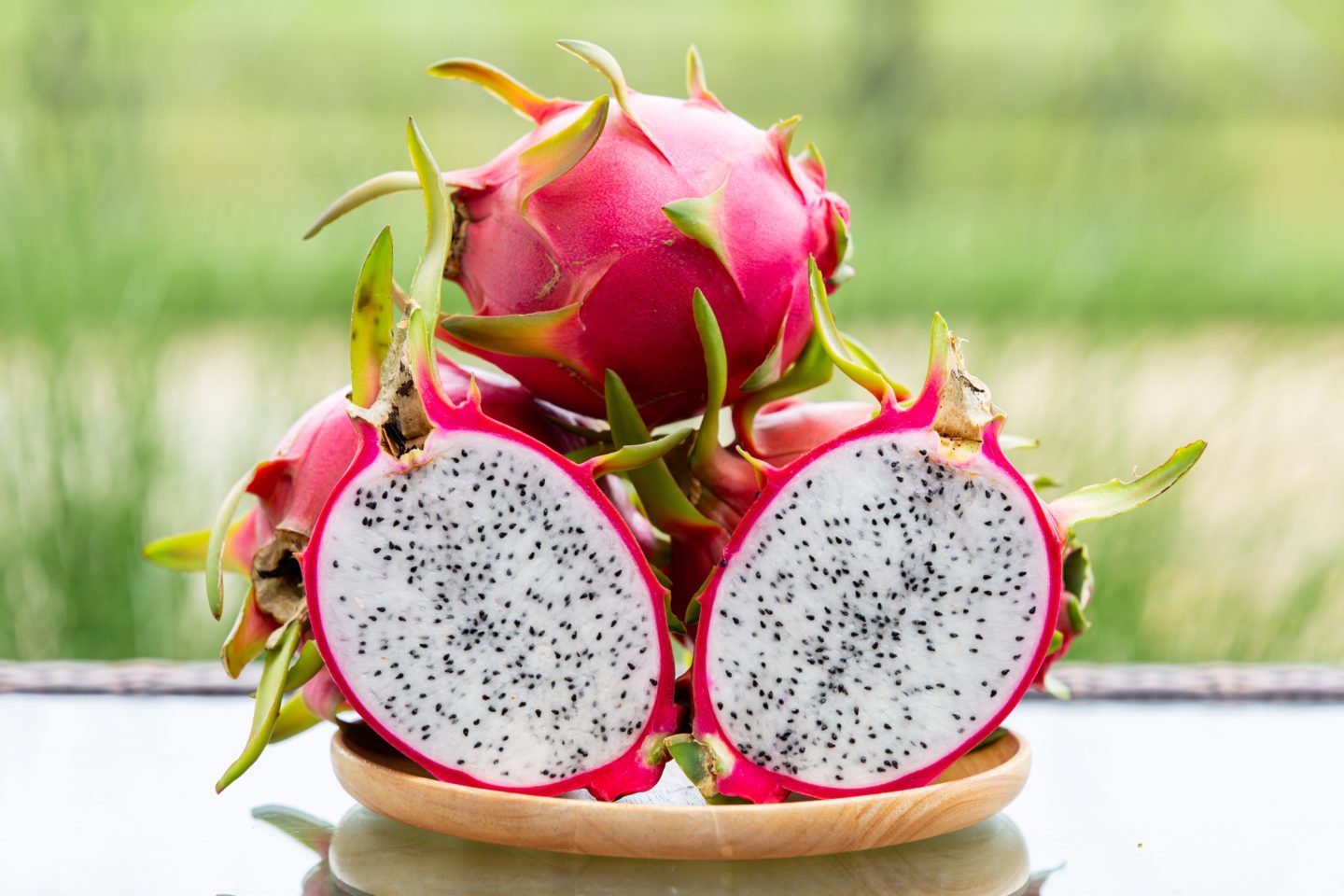
According to the Food Network, one slice of this exotic fruit may cost up to $10. That is a lot to spend on something that isn't much bigger than a regular mango fruit. Although dragon fruits are native to Mexico and South and Central America, they are exotic and frequently imported into the United States, although most of our imports originate from Vietnam.
This alone explains why the fruit is more expensive than other of our country's natural fruits, such as the delicious red apples. While other nations such as Hawaii, California, and Florida grow dragon fruit, natural disasters such as wildfires, droughts, and hurricanes may substantially impact these states' economies, especially the agricultural sector.
In addition, the harvest time of dragon fruit falls from June to September, which is also the time of year when storms and wildfires hit these areas, as per the Agricultural Marketing Resource Center. As a result, Americans have just one option: import a stable supply of this fruit at a higher expense.
There Is More Demand Than Supply
The Agricultural Marketing Resource Center states that the demand for dragon fruit in the United States now outnumbers the supply. Thus, prices will inevitably arise. Dragon fruit is difficult to come by at a regular grocery store, but you might try your luck in a specialty store that sells all kinds of unusual fruits and vegetables.
Dragon fruit usually sells out quickly, but your chances are better if you buy it between June and September. The fruit's health advantages include a lot of vitamin C, which improves the immune system, a gentle syrupy-sweet flavor, and a subtle honey-like perfume with floral and grassy undertones. All these helped dragon fruit gain popularity.
Difficult Plant Cultivation
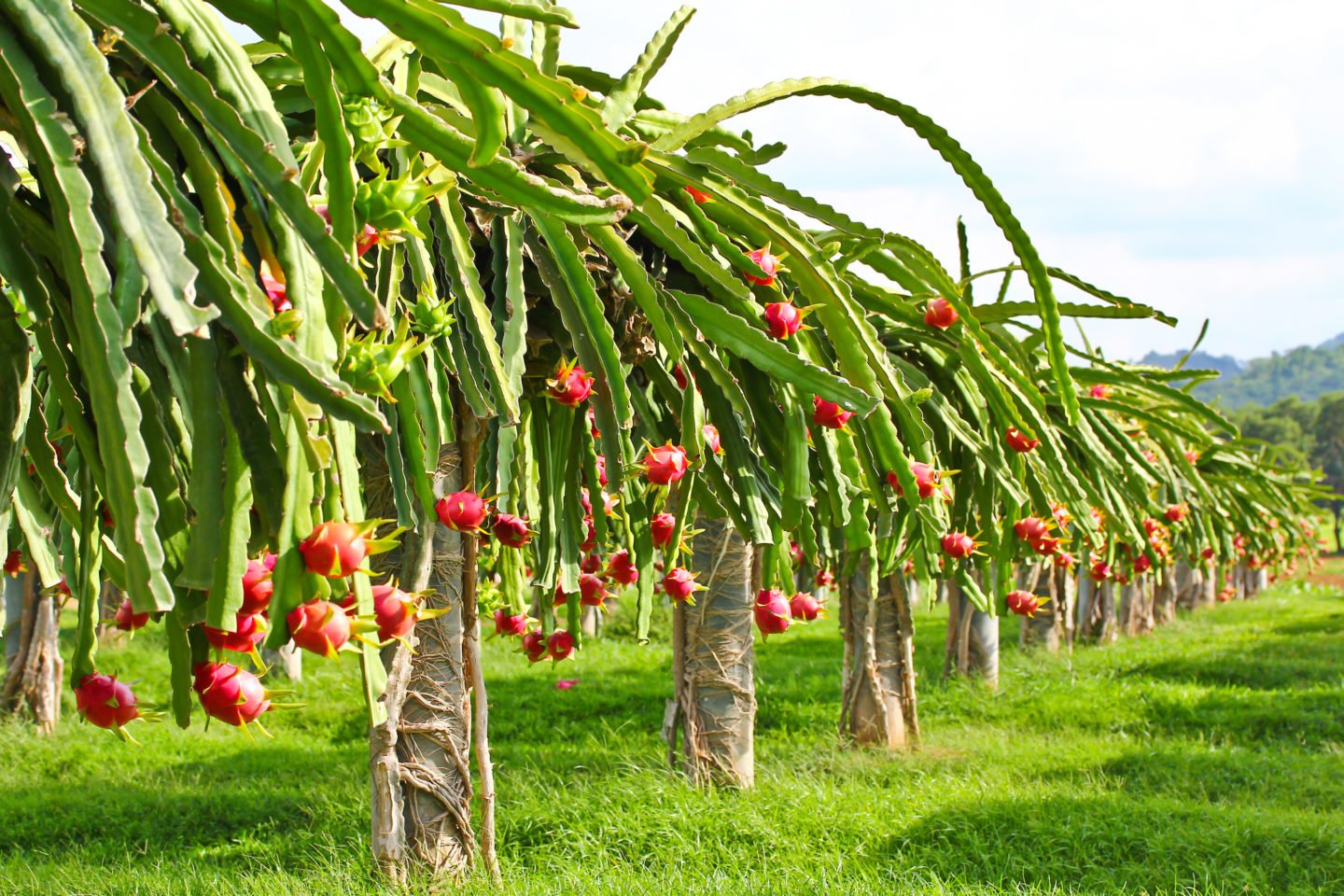
Did you know that growing dragon fruits from seeds takes at least five years to yield? Growing pitayas takes half a decade, so it's not exactly quick. The procedure is reduced to one to two years if the fruits produced are from cactus cuttings, which takes a long time.
For proper cultivation, dragon fruits require a temperature range of 40–80°F (4–26°C), with a temperature range of 60–80°F (15–26°C) being best. As a result, Southeast Asia and South America are ideal places to cultivate dragon fruit. Unfortunately, droughts, abrupt temperature swings, and severe rain are common in those places. As a result, a large number of dragon fruits perish.
Dragon Fruits Are Imported
Since dragon fruits are not native to the United States and are cultivated mainly in Mexico, South America, and Central America, the imports are massive. Because dragon fruit is delicate and deteriorates fast when it comes into contact with other items, each fruit is wrapped in a protective paper or stored in a tiny box away from other foods, moisture, direct sunlight, and temperature fluctuations.
A dragon fruit might reach $15 per fruit. One pitaya measures 200–300 grams and is the same size as a large apple or medium mango. Therefore, a kilogram of pitaya costs $20–$21. In addition to shipping costs, the ultimate customer must pay all regulatory fees and taxes.
Challenging Storage And Short Shelf Life
Another issue is that pitayas must be in perfect shape for their eventual destination. Pitayas, like many other fruits, degrade quickly once they mature. That implies that the dragon fruits must be sent well-protected and at the proper temperature for the customer to get them fresh and undamaged.
When refrigerated, dragon fruits can survive for up to two weeks. However, when the cold chain breaks and they are exposed to ambient temperature, ripe dragon fruit degrades within days. Once kept in a refrigerator, dragon fruits last 4-6 weeks, while they only survive a week at room temperature.
Dragon Fruit Provides Tons Of Health Benefits
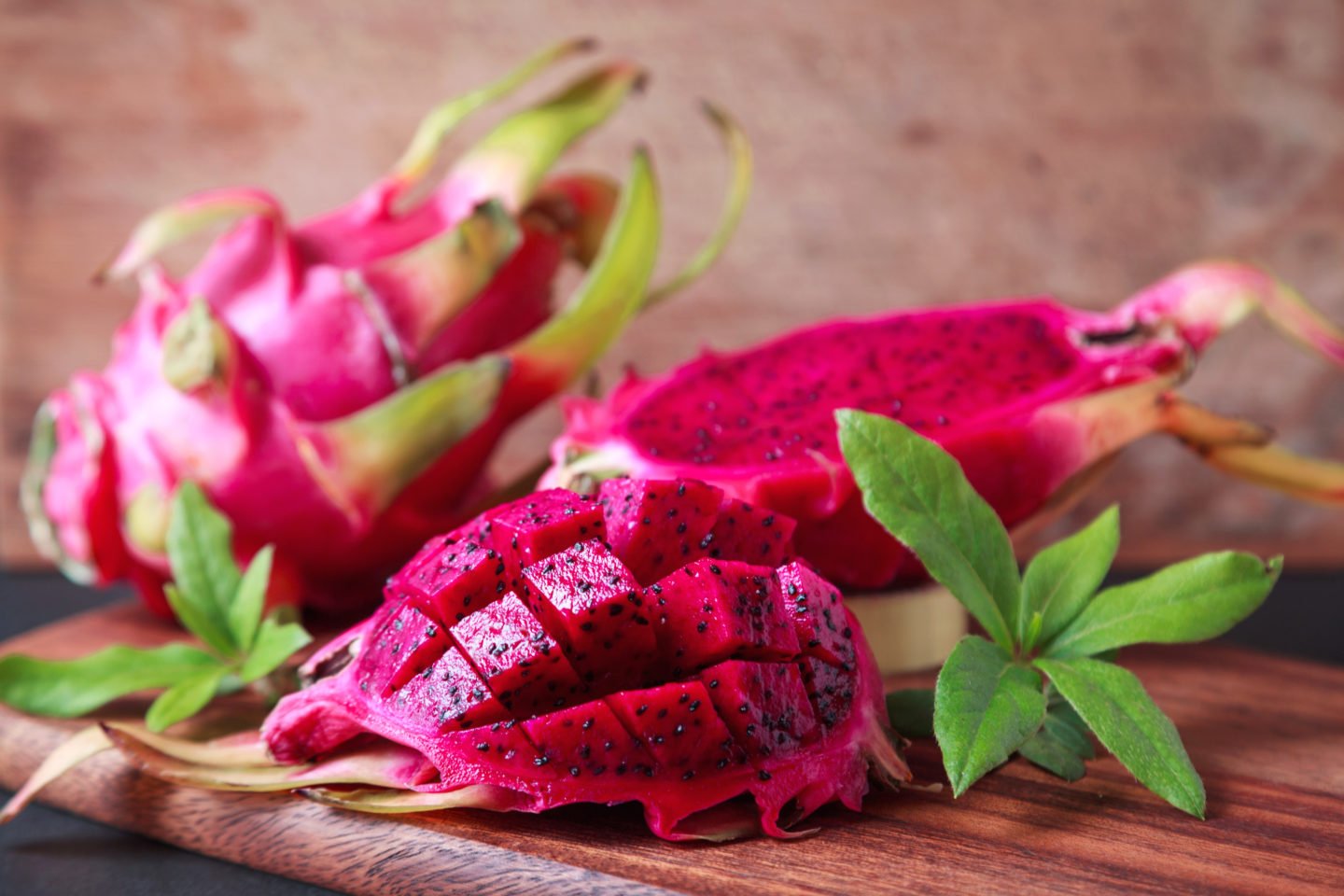
Vitamins, particularly vitamin C, protein, iron, amino acids, antioxidants, dietary fiber, and minerals, abound in dragon fruit. In addition, the tiny black seeds are high in tannin, which is beneficial to vision. Pitaya helps people with diabetes by removing toxins, improving intestinal function, neutralizing free radicals, improving well-being in chronic illnesses like arthritis, and regulating blood sugar levels.
Dragon fruit also strengthens the immune system, which helps avoid respiratory disorders and asthma. In addition, pitaya has a low calorie content, approximately 50 kcal per 100 grams; thus, you may safely include it in your diet.
Because dragon fruit is 85 percent water, it quenches thirst. Ascorbic acid in dragon fruits also improves the body's defensive characteristics and aids in the battle against flu, SARS, and scurvy.
Dragon fruit also improves your blood health and the condition of your arteries, raising the number of leukocytes in the blood and fighting anemia. In addition, it assists the kidneys and heart by removing extra water from the body.
Dragon Fruits Are Heavily Advertised
Lastly, dragon fruit's high price is due to its widespread appeal and extensive promotion. Because of the health advantages mentioned above, social media platforms, movies, and lifestyle publications encourage consuming dragon fruits.
Millions of people love dragon fruit because of its appealing appearance, distinctive creamy texture with tiny black seeds, numerous health advantages, and delicate, sweet flavor with undertones of honey and vanilla.
Because of the extensive promotion, there is a massive demand for dragon fruit and a scarcity of supply, making it extremely costly.
How Much Does Dragon Fruit Cost?
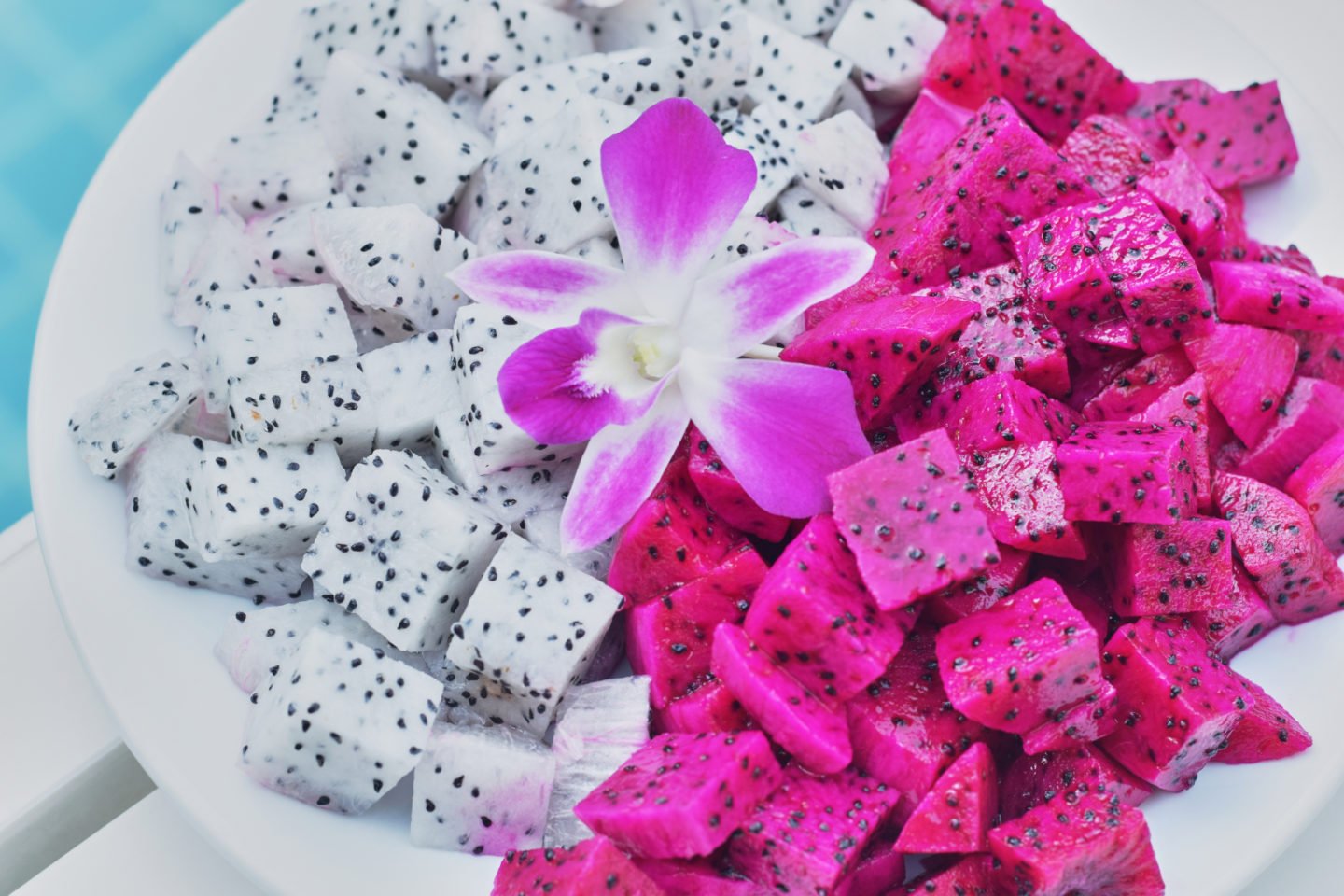
In the United States, a single dragon fruit costs an average of $5–$6. However, if the production is poor, the season is off, and the dragon fruit type is rarer than typical, costs can reach $15. Furthermore, the average dragon fruit weighs 300–400 g, increasing the price per pound.
You can also purchase dragon fruits on Amazon. However, the price may be slightly higher than those in your local stores. For example, shops like Tropical Importer retailed three pieces of organic dragon fruit for over $30. At the same time, there are also dehydrated dragon fruit products like the Kunna Dehydrated Dragon Fruit, which retails for around $20 for 50 grams of dehydrated fruit slices.
Moreover, as of writing, Walmart retails each dragon fruit for $5.98. The red dragon fruit is more common than the yellow dragon fruit, and the price may vary depending on the variety. You can often see ones with pink peel and white flesh rather than red skin and red flesh.
Can You Grow Dragon Fruit?
If you want to skip the expense of buying dragon fruit, you can start growing your own.
Growing Dragon Fruits From Seed
Dragon fruit may be grown from seeds with little equipment but a lot of time. Scoop out the seeds from a natural dragon fruit from your local supermarket. Before putting the seeds in a seed-starting tray with damp soil, wash and dry them overnight. Within two weeks, the seeds should germinate. Water seedlings only as necessary, and ensure the soil is totally dry before watering again.
Expect a healthy harvest to develop for five to seven years and bear fruit if you start from seed. That is why many dragon fruit producers start with a cutting, which takes just one to three years to mature.
Growing Dragon Fruits From Cuttings
Growing dragon fruit from a cutting is pretty straightforward. You just need to find a live plant, cut a 30-cm piece from the tree, and dry it for a week, or until the cut end becomes white.
Simply insert the cut side down in sandy cactus soil and water it weekly once it has dried. Within a month, your plant will put out roots and establish itself, then continue to develop. With this strategy, you'll have to wait for one to three years for fruit.
Growing Dragon Fruits In Pots
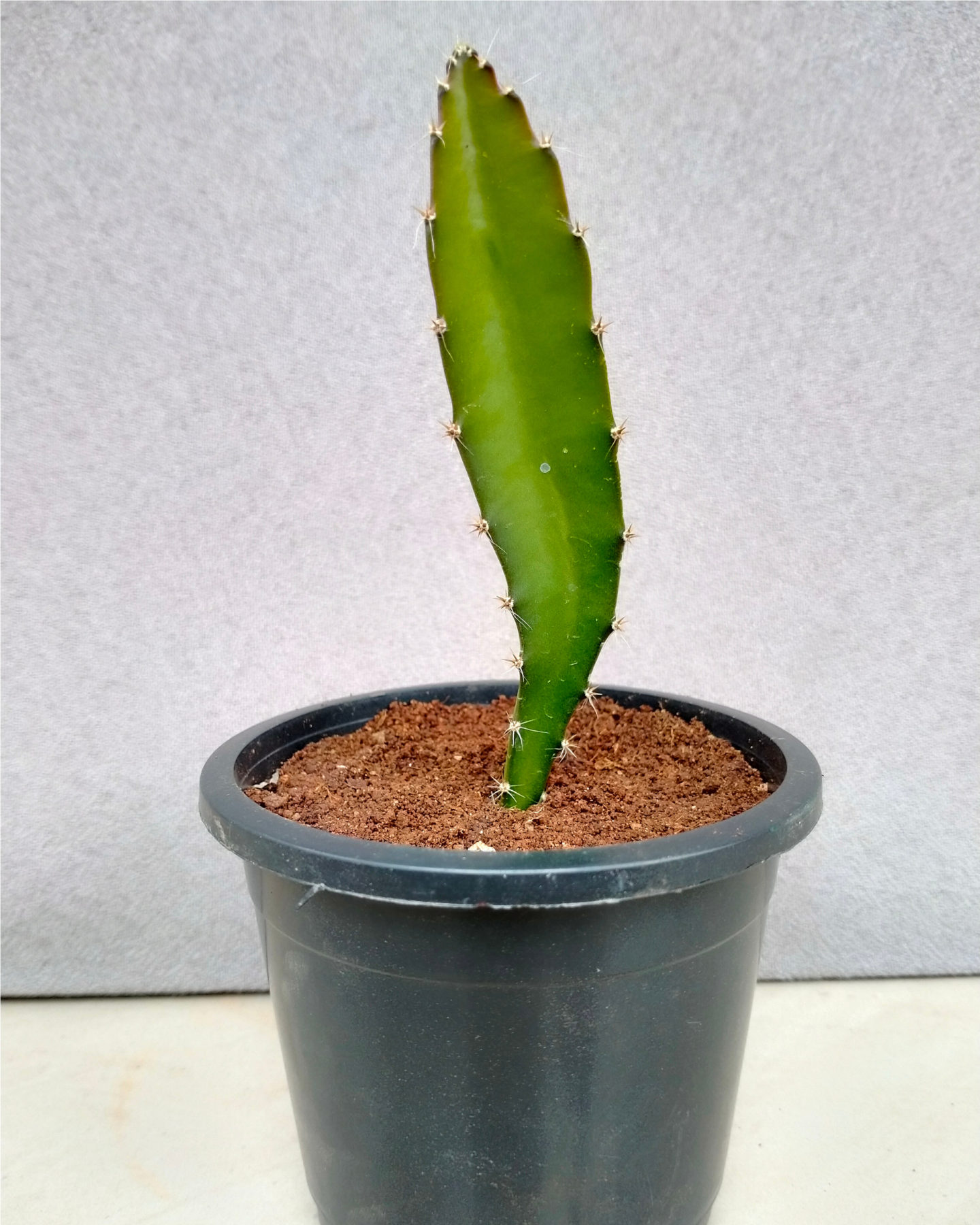
Growing dragon fruit in pots is a terrific option, primarily if you reside in a cooler region, because you can transfer your plant to a warmer spot as needed. In addition, dragon fruit plants may grow tall and set down aerial roots in the right conditions.
Look for a pot that is around 250mm deep and 600mm broad when selecting one. Fill it with excellent-quality cactus potting soil that is slightly acidic and sandy. Because dragon fruit plants are climbers, a stake, trellis, or other climbing structure should support their growth.
Growing Dragon Fruits Outdoors
You can add aesthetics to your backyard by planting dragon fruit trees. Just get rid of any weeds and pebbles in the area and ensure the soil is somewhat sandy and acidic. You may always add more potting mix to the bed to make it more cactus-proof.
Once growing, you have to provide an anchor for your dragon fruit trees, like a fence, but because dragon fruit plants are heavy, they must be able to withstand their weight when yielding fruit.
Harvesting Dragon Fruits
When the plant blossoms, you'll know that fruit is on the way. Ripening takes place around four weeks after the fruit starts to develop. The fruit is ripe when the skin turns a brilliant shade of pink. Cut the fruit off with sharp secateurs and keep it in the fridge for about two weeks.
When planting a rare cultivar such as H. megalanthus, the fruit's skin becomes yellow when it matures. Pitaya, like strawberries, does not continue to ripen after being picked, so make sure it is fully ripe before plucking. If you keep the fruit in cold storage at a temperature between 7 and 10 °C, it will survive for about two weeks.
Dragon Fruit Substitutes
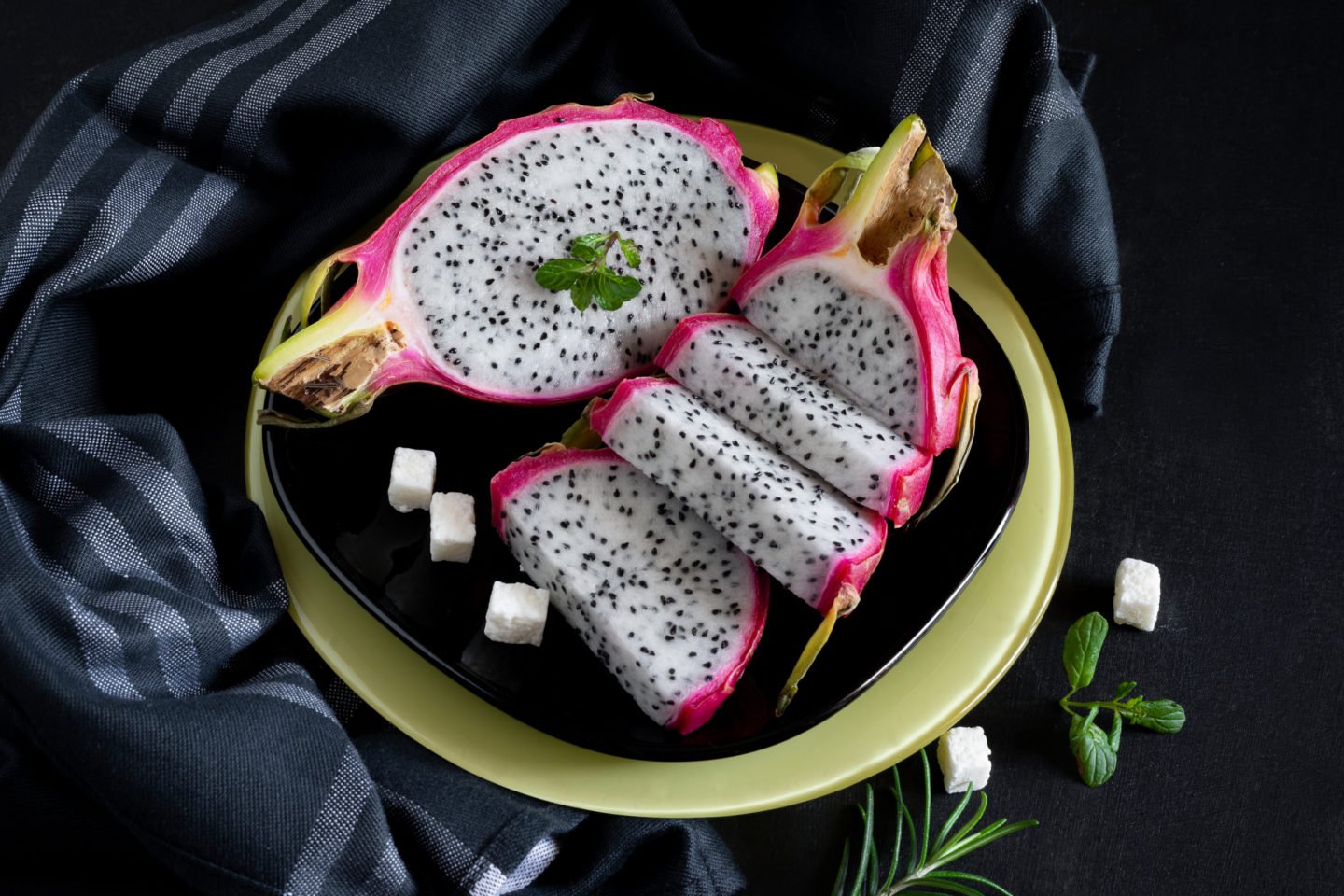
Regarding its aesthetics, no other tropical fruit takes the place of dragon fruit. However, if you can’t find any and need a substitute, you can try these more locally available and affordable fruits.
Melon has a similar mild flavor that is refreshing. For a third of the price, one watermelon or honeydew will provide nearly five times the amount of fruit. The average price of a piece of dragon fruit is $10.
On the other hand, the honeydew melon will set you back $3–$4 on average. Watermelon is even cheaper, at 38 cents per pound, which means you could get five pounds for around $2. Kiwi is closest to replicating the feel due to its delicious black seed. When split in half, kiwi is also pretty appealing. Each kiwifruit will cost between 25 and 75 cents.
A ripe pear is as juicy as dragonfruit, while mango adds a tropical touch to your fruit salad.
Related Questions
No. Yubari Melon is the world's most costly fruit, and for the price of this fruit, one could buy money or even a piece of land. This fruit is only available in Japan and is difficult to get. When two of these Yubari muskmelons were auctioned for $45,000 in 2019, they established a new high.
Dragon fruits are one of a kind. They are exquisite, and although the price may surprise you, they are full of nutrients and can bring many health benefits.

Leave a Reply